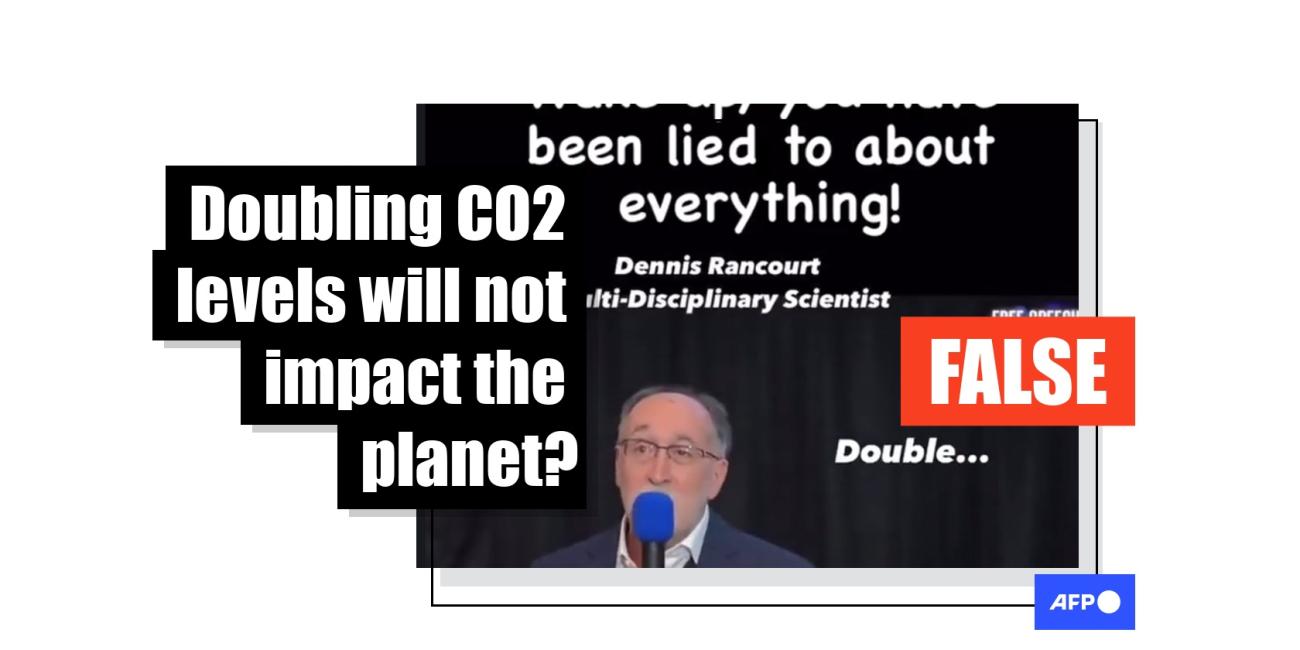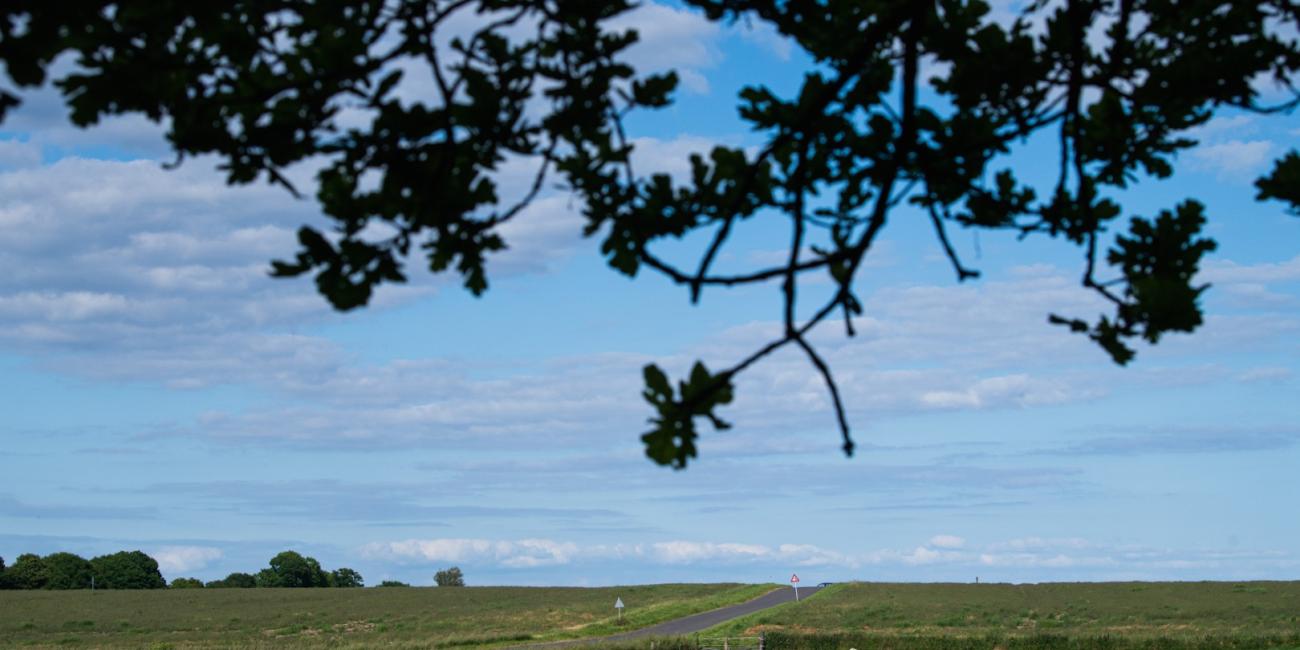
Book sent to schools contains misleading climate change claims
- This article is more than two years old.
- Published on February 22, 2023 at 15:35
- 11 min read
- By Roland LLOYD PARRY, Manon JACOB, Juliette MANSOUR, Zoe LOW, AFP USA, AFP France, AFP Australia
"Climate at a Glance for Teachers and Students: Facts on 30 Prominent Climate Topics" was released in February 2023 by the Heartland Institute, a private non-profit group advocating "free-market solutions to social and economic problems". It said it sent more than 8,000 copies to middle- and high schools around the United States.
The 30 sections include claims that higher carbon dioxide levels and warming have been positive for crops and coral reefs, the decrease in snow has been negligible, sea-level rise is not accelerating and heatwaves have become less severe.
"The goal of this book is to present facts that are normally ignored or outright distorted by pundits and the mainstream media," said its co-author Anthony Watts, Heartland senior fellow for environment and climate, in a press release.
It cites its sources in each chapter, including the IPCC and US government agencies such as NASA and the National Oceanic and Atmospheric Administration (NOAA).
Scientists have published detailed findings about the deadly effects of human-induced global warming.
AFP read the book and examined eight of the claims as summarised in the press release, with the help of scientists, including some of the groups cited as sources in the publication.
"We stand by the data presented" in the book, H. Sterling Burnett, its editor and director of Heartland's Arthur B. Robinson Center on Climate and Environmental Policy, told AFP in an email. Further comment from Heartland is included at the end of this article.
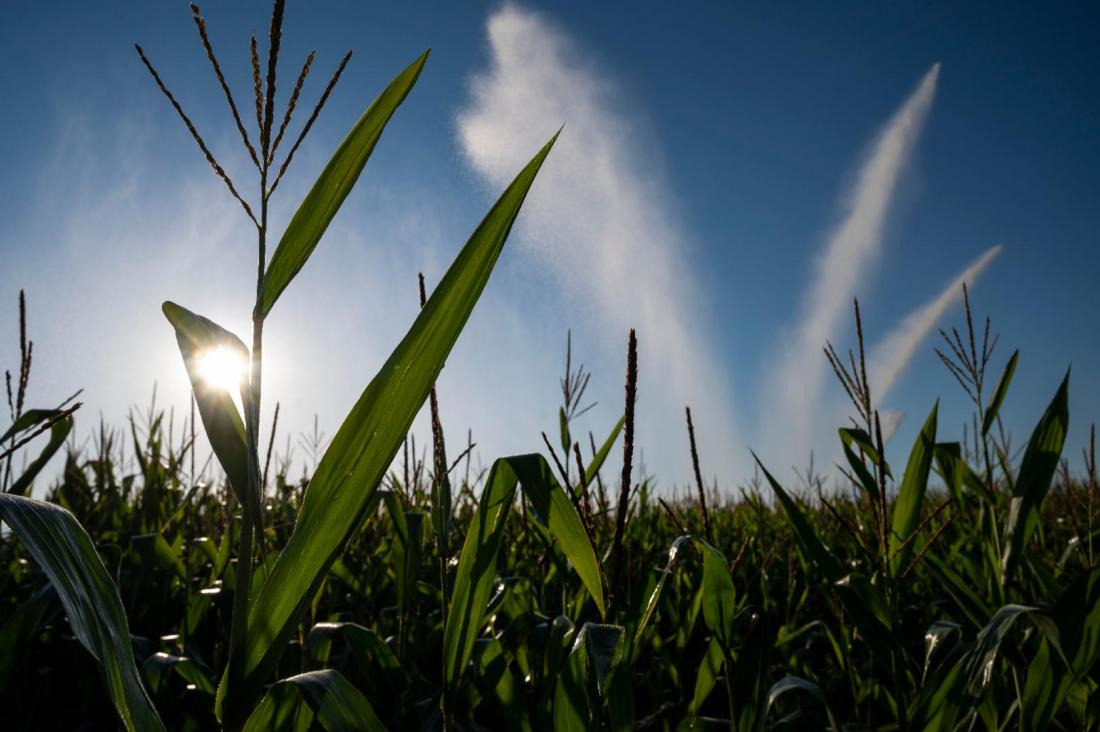
Crops
Claim: "As the climate modestly warms, global crop yields have set new records almost every year. That is due, in part, to longer growing seasons and greater concentrations of carbon dioxide in the atmosphere."
Warmer temperatures and CO2 play a part in boosting crop yields but scientists say global warming also poses a threat to crops. Experts say crop output has risen in recent decades principally thanks to productivity gains driven by fertilisers, pesticides and machinery.
"Climate change including increases in frequency and intensity of extremes have reduced food and water security… Although overall agricultural productivity has increased, climate change has slowed this growth over the past 50 years globally," said the IPCC in its latest report on climate impacts in 2022.
The Heartland book cites data from the UN Food and Agriculture Organization (FAO) showing rising global crop yields. The FAO told AFP in an email there was however no evidence that more CO2 in the atmosphere was good for sustainable agriculture.
"Warming can be positive for crop growth at high latitudes, where temperatures are currently a limiting factor, but very negative in temperate and tropical zones, where current temperatures are already optimal," Francesco Tubiello, a senior statistician at the FAO, told AFP.
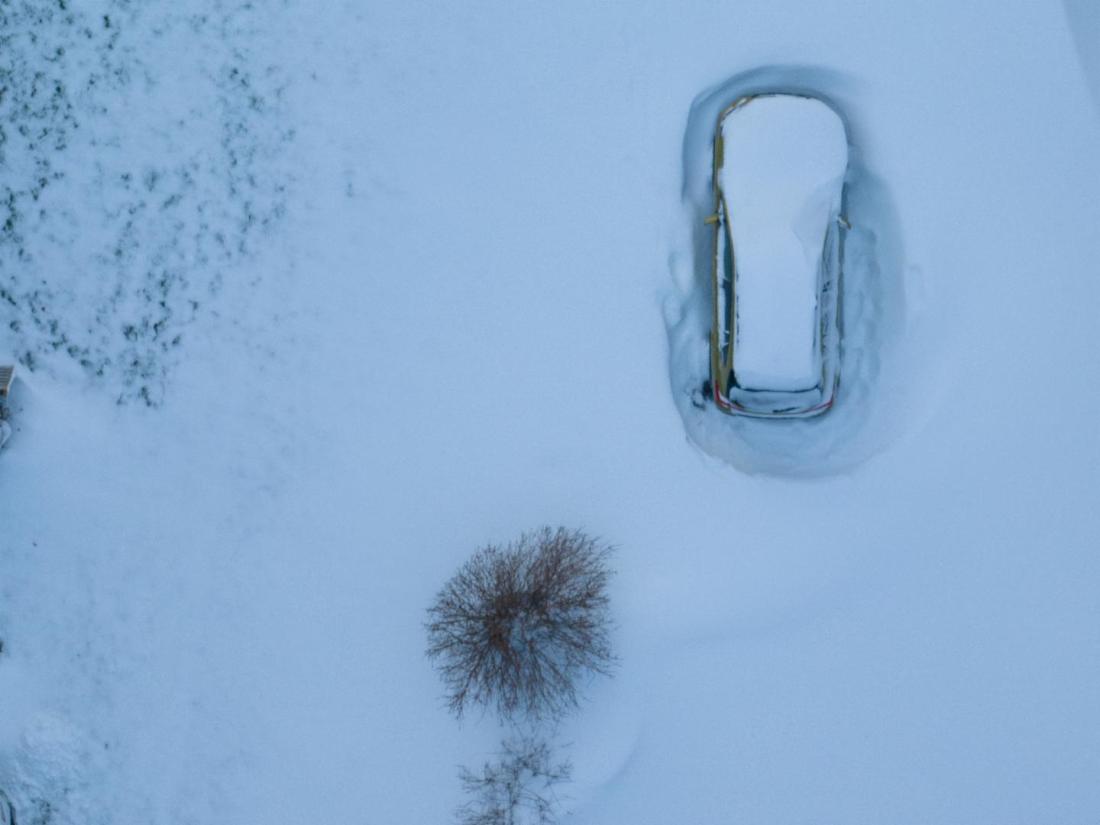
Snow
Claim: "Average North American snowpack extent is virtually the same as it was in the late 1960s, when US satellite measurements began. There has been only a modest decline in Eurasian snowpack in recent years."
The book reproduces a graph from the Rutgers University Global Snow Lab showing variations in snow cover apparently stable since the late 1960s. The author of the graph, New Jersey state climatologist David Robinson, told AFP the use of it was "misleading" and the chart masked "pronounced seasonal changes with time".
Rutgers data show snow extent has increased in autumn and winter but declined in spring. Robinson said the spring decline was thought to be due to warming while the autumn increase may be due to moisture from the south or from increasingly ice-free Arctic seas.
Rutgers' latest annual report, covering 2021, ranked that year as having the seventh lowest snow cover on record in the northern hemisphere, with 0.6 million sq. km less than the 1991-2020 average.
Mark Serreze, director of the US National Snow and Ice Data Center, told AFP that rather than relying on snow cover as seen via satellites, scientists measure "snow water equivalent." Analyses show this measure to have declined in the western United States.

Coral reefs
Claim: "Corals thrive in warm water, not cold water, and recent warming has allowed corals to expand their range. The primary causes of coral bleaching are not 'global warming,' but sediment and agricultural chemical run offs."
Scientists have documented in studies how recent warming has driven marine heatwaves that have caused fatal mass-bleaching of coral. A recent study noted "particularly marked declines in coral cover" in the Western Atlantic and Central Pacific.
"The frequency and severity of mass coral bleaching events is increasing and indisputable," David Baker, an associate biology professor at the University of Hong Kong, told AFP. "Corals have adapted to change over geological timescales -- however their evolutionary history has never encountered the unprecedented rate of change we are seeing."
Corals' migration is documented and hailed as a sign of hope, but scientists warn of limits. "Poleward migration is going to be very limited for most coral species that do not possess the reproductive mechanisms to migrate," Baker said.
The US Environmental Protection Agency lists sedimentation as a "primary stressor" of corals, also citing other local threats such as chemical runoffs. But it says that "the greatest global threats to coral reef ecosystems" come from warming and increased CO2.
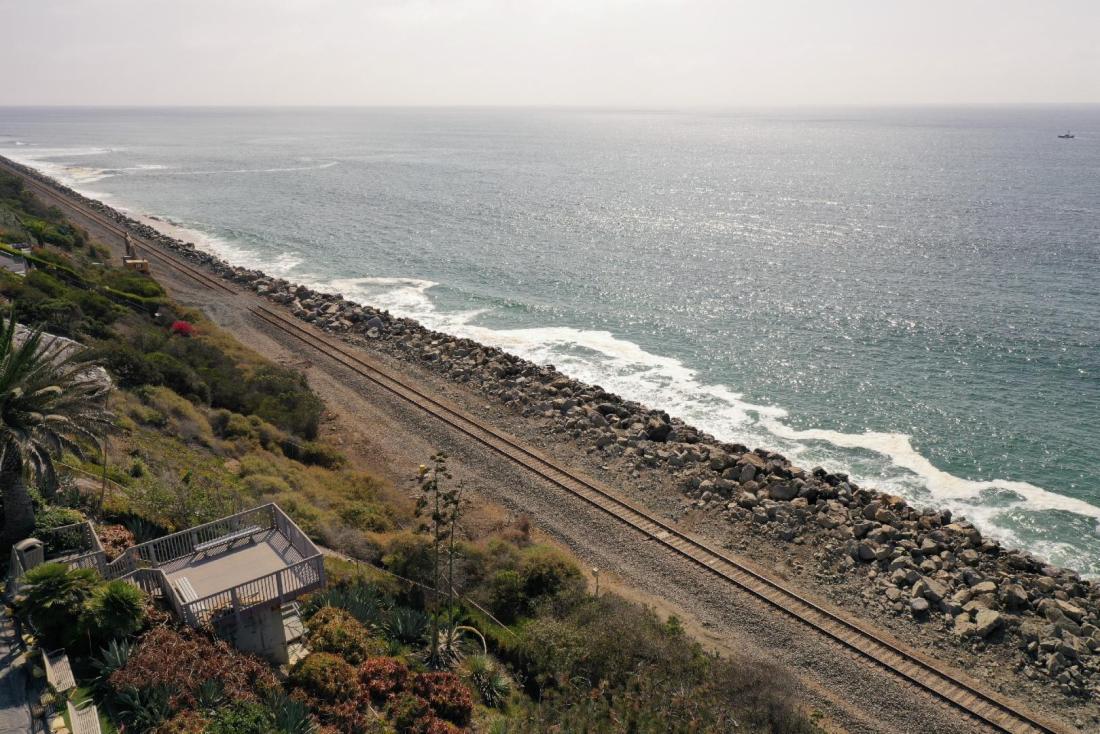
Sea levels
Claim: "Global sea levels have risen more than 400 feet (120 metres) since the beginning of the current interglacial period, as it does between ice ages. NASA satellite instruments, with readings dating back to 1993, show global sea levels rising at a pace of just 1.2 inches (30 mm) per decade with no sign that pace is accelerating."
Sea levels have risen and fallen over long periods as ice sheets have melted or grown due to solar cycles. But currently, "global mean sea level is rising... and accelerating", driven by glaciers and ice sheets melting due to human emissions, a special IPCC report on oceans said in 2019. The acceleration has been measured in various studies.
The IPCC's landmark 2021 report said the average rate of sea level rise increased from 1.3 mm a year between 1901 and 1971 to 1.9 mm a year between 1971 and 2006. It reached 3.7 mm a year -- just above the decade rate cited in the book -- between 2006 and 2018. It said: "Global mean sea level has risen faster since 1900 than over any preceding century in at least the last 3,000 years."
Some 20,000 years ago, before the rise started in the current interglacial period, Earth had a few million people living in caves, "compared to seven billion today, many of whom live in coastal conurbations," Amanda Maycock, director of the Institute for Atmospheric and Climate Science at Leeds University, told AFP.
"The vulnerability of modern society to sea level rise is completely different."

Hurricanes
Claim: "The United Nations Intergovernmental Panel on Climate Change (IPCC) has found no increase in the frequency or severity of hurricanes despite modest warming."
As AFP has reported, the number of hurricane landfalls has not significantly risen in the Unite States. However, the global proportion of tropical cyclones reaching very intense (Category 4 and 5) levels is projected to increase due to human-caused warming this century, according to the NOAA.
A warmer climate intensifies the effects of hurricanes by raising the risk of storm surges due to rising sea levels, and of extreme rainfall -- since a warmer atmosphere can hold more moisture.
"Most research has shown that climate change will likely increase the number of intense hurricanes," Karthik Balaguru, a climate scientist at the Pacific Northwest National Laboratory, told AFP.
After Katrina and Wilma in 2005, the United States had no major hurricanes making landfall until 2017. However, Balaguru said that period ended "with one of the most active years ever in terms of Atlantic hurricane activity."
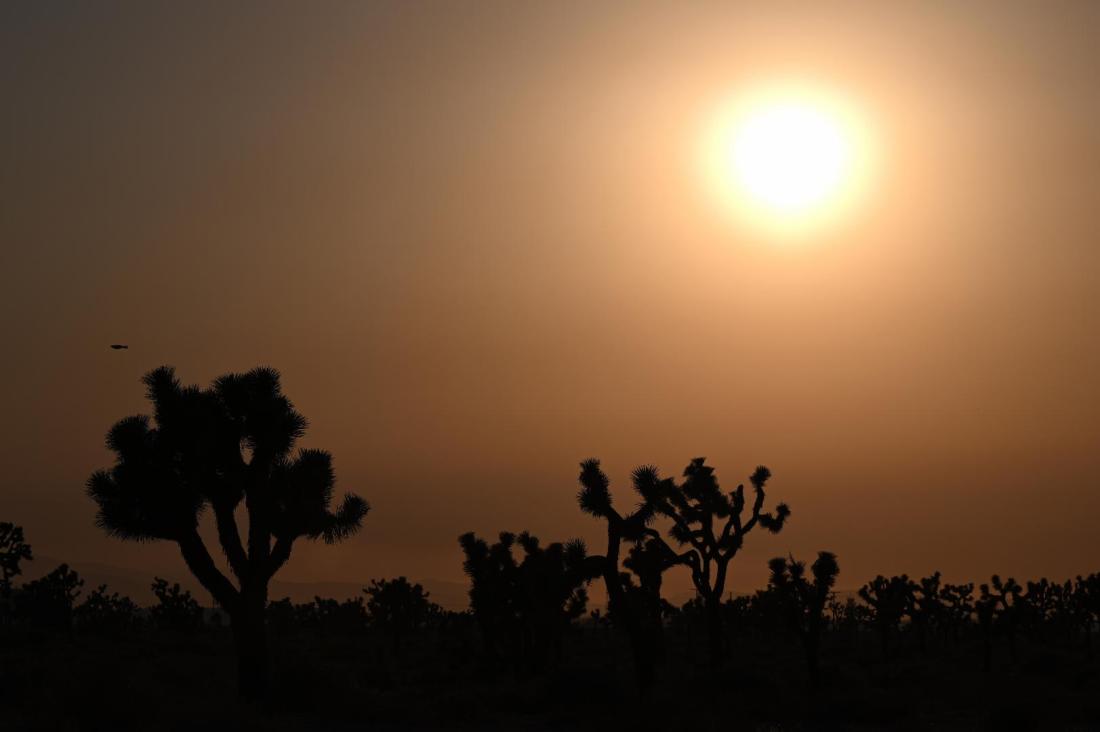
US heatwaves
Claim: "The all-time high temperature records set in most states occurred in the first half of the 20th century. The heatwaves of recent decades have been far less severe and frequent than they were in the 1930s."
The IPCC said in its 2021 report it is "virtually certain that hot extremes (including heatwaves) have become more frequent and more intense across most land regions since the 1950s". The trend is documented in numerous studies such as this one.
Heatwaves in the 1930s were the most severe in recorded US history, partly due to the human-amplified "dust bowl" effect. But a more sustained heating trend has been observed in recent decades -- documented by agencies including the EPA and NOAA.
"As a whole, the United States is experiencing heatwaves more often, and these heatwaves are more extreme and last longer than they did 60–70 years ago," Maren Hale, a climate researcher at the University of California-San Diego's Scripps Institution of Oceanography, told AFP for a previous fact-check.
An attribution analysis of the extraordinary heatwave on the Pacific Coast of the United States and Canada from June 2021 concluded it was "virtually impossible without human-caused climate change".
AFP Fact Check has reported on misinformation about historical heatwaves and warming trends.
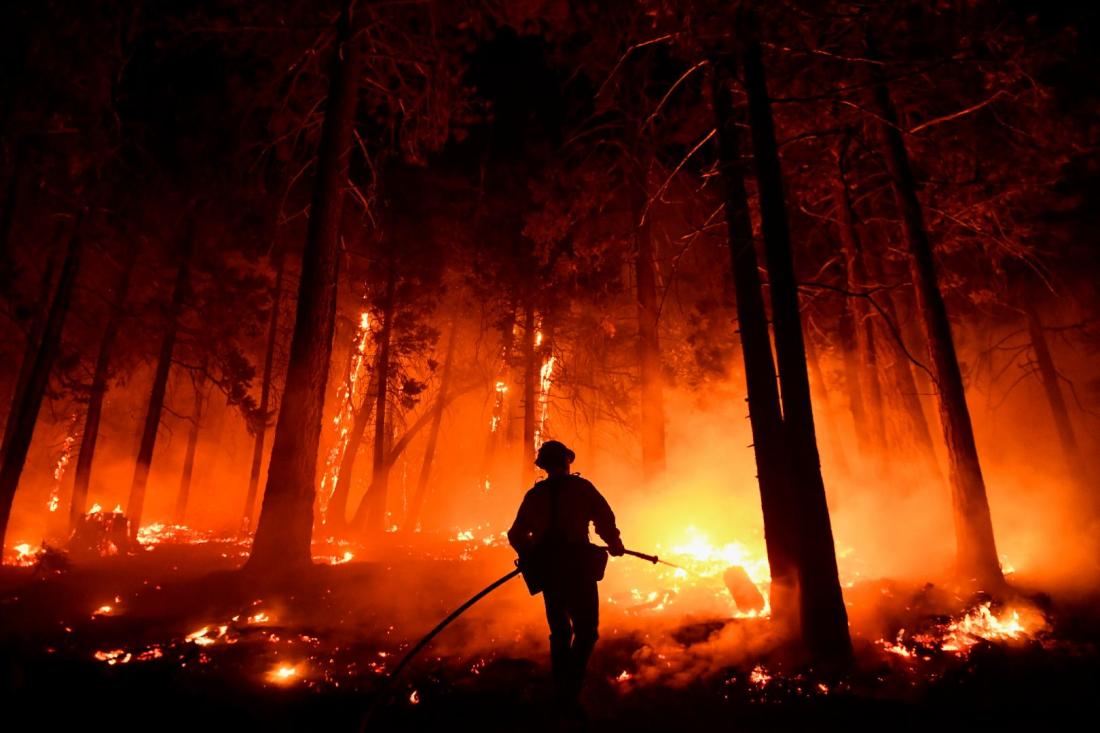
Wildfires
Claim: "Even in the recent worst wildfire seasons, those fires typically burned one-fifth to half as much land as the standard wildfire seasons in the early 20th century."
The book cites US National Interagency Fire Center (NIFC) data going back to 1926. It says pre-1983 data was deleted from the records to exaggerate the recent trend. However, the unreliability of that earlier data is documented as the reason.
Sources for the figures prior to 1983 were not known or could not be confirmed, said Kari Cobb, public affairs officer for the US Fish and Wildlife Service at the NIFC. Data from 1983 is more consistent, she said.
Studies show the area burned and severity of large forest fires in the western United States and Alaska has increased since the early 1980s and is projected to further increase in those regions as the climate warms.
"There is widespread evidence that fire severity in the western US is increasing, fires are getting larger and burning more area, and that climate change is a strong contributor to these trends," University of Utah vegetation and wildfire researcher Phil Dennison told AFP.
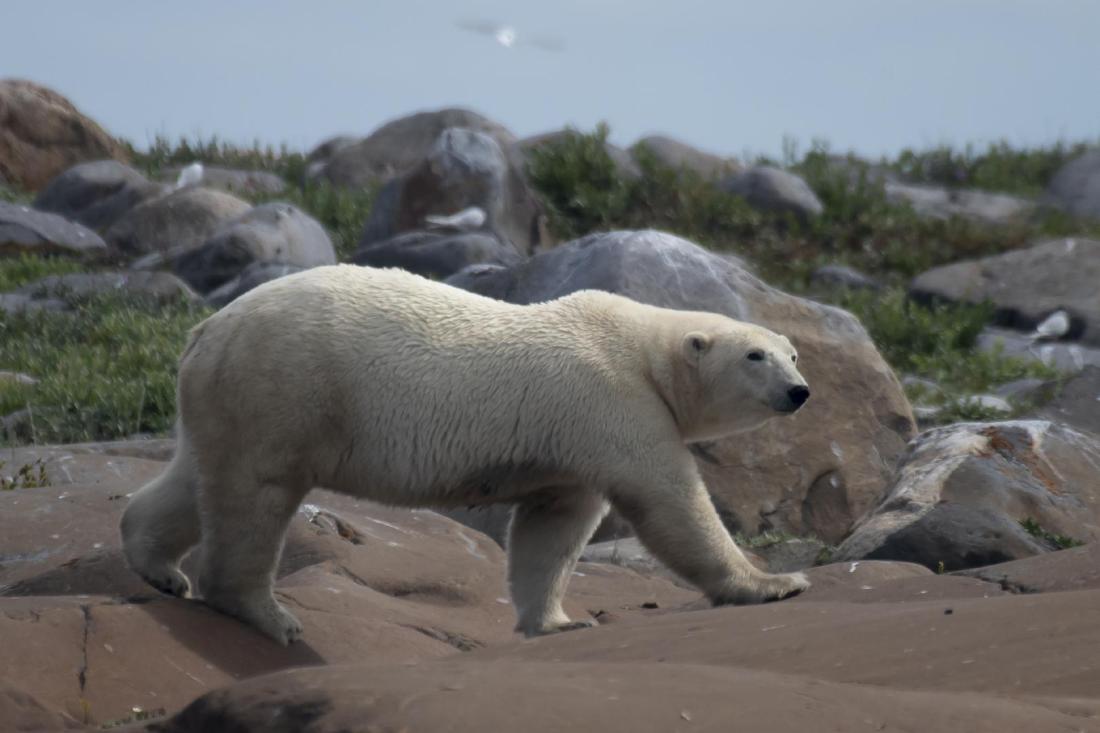
Polar bears
Claim: "Polar bear populations have increased dramatically in recent decades despite claims to the contrary made in the media and among climate activists. Polar bears have thrived in much warmer climates than we are experiencing today."
There are frequent claims that polar bears numbered as few as 5,000 in the 1950s and up to 39,000 today. Experts say however that there is no reliable data for the number of polar bears in the 1950s and 1960s. They have explained this to AFP for previous fact-check articles.
The Polar Bear Specialist Group (PBSG), part of the International Union for the Conservation of Nature (IUCN), estimates the current global polar bear population at 26,000. The IUCN on its red list of threatened species classes them as "vulnerable" and their population trend as "unknown."
Experts say polar bears' survival depends on sea ice for catching seals to eat. Studies show sea ice was available in parts of the Arctic even during periods warmer than today, but bears disappeared from areas where sea ice declined. Research also shows sea ice has shrunk since the 19th century, threatening the bears' survival.
"The claims of past warming events and polar bear persistence are irrelevant as the current warming trends in the Arctic will cause significant sea ice loss," said Andrew Derocher, a biology professor at the University of Alberta. "Much of the range of polar bears will no longer have sufficient sea ice to support viable populations."
Heartland Institute
The Heartland Institute sent an earlier booklet on climate change to schools in 2017. Scientists fact-checked that document for specialist website Climate Feedback.
Critics of the institute have pointed out that it has received money from oil company ExxonMobil, as shown by tax and donor documents. The institute says the amount never exceeded five percent of its income and the company has not contributed to it since 2006.
"No fossil fuel money went into the production of this booklet," its editor Burnett told AFP.
In response to a question about some of the assertions in the book such as those on crop yields and floods, he said: "IPCC's past claims about future conditions have proven incorrect, they are based on computer models that are admittedly flawed, they run too hot."
An analysis by Carbon Brief of various model-based forecasts has indicated that all showed surface temperature increases between 1970 and 2016 that were not far from what actually occurred.
Read all AFP's fact checks about climate change here.
Copyright © AFP 2017-2025. Any commercial use of this content requires a subscription. Click here to find out more.
Is there content that you would like AFP to fact-check? Get in touch.
Contact us
